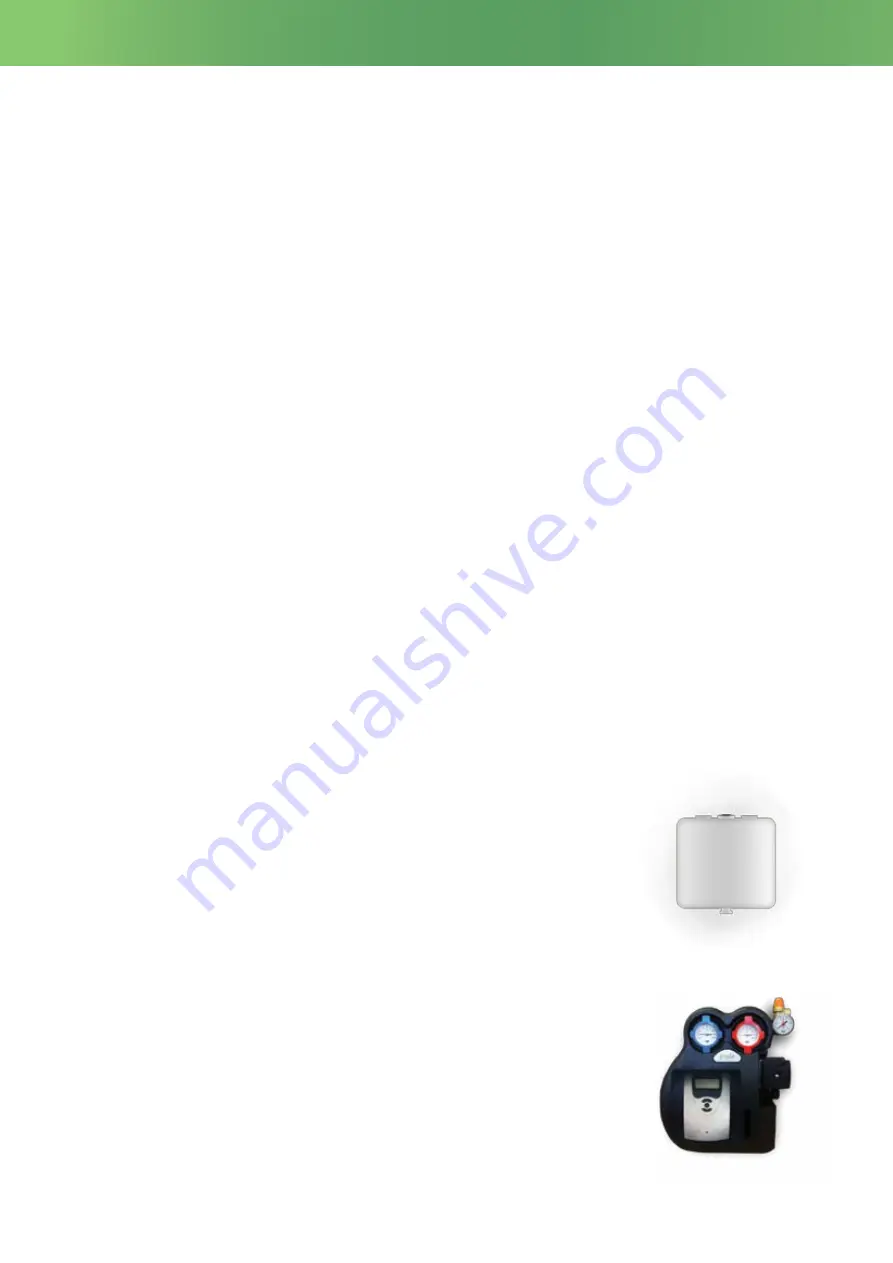
8
How Your Solar System Works
The solar system is not designed to supplement your heating system. (unless expressly
designed with that purpose but as standard it is to heat hot water only). The solar system
will only circulate hot water from the collector on the roof to your hot water cylinder when
the roof fluid temperature is 7°C warmer than the water in your hot water cylinder. The
fluid in your solar collector must be above 20°C before it looks at the temperature differen-
tial between the collector and the cylinder. If the cylinder is fully heated to 60°C (maximum
store temperature as set by default on your solar controller) than the solar controller will
shut down the solar system regardless of what temperature is available from the solar
panels on the roof. It does this because the hot water cylinder has been fully heated and
required no further heat.
What happens when your hot water cylinder is fully heated and it is
still sunny outside
Your solar system is designed to deal with this situation. Your solar
controller is programmed to shut off your solar system when you’re
hot water cylinder has been fully heated. This ensures that the water
in your cylinder never over heats and risks very hot water coming
out of your taps. Your solar controller is programmed to shut down
the solar system when you’re hot water cylinder reaches a tem-
perature of 60®C at the bottom of the cylinder. This temperature is
chosen because it is a safe temperature to store hot water both by
not being too hot and protecting people from scalding and also not
too cold to reduce the risk of legionnaires.
When the cylinder is fully heated the solar controller shuts down
the solar system. This will generally happen after a number of
sunshine hours and the initial energy has heated the cylinder
completely. The temperature of the fluid in the solar collector will
begin to heat up significantly. This will lead to a build up in pres-
sure in the solar system. This is where the expansion vessel of
your solar system begins to work. While the heated fluid will only
be located on the roof the pressure will pass back down the pipe
work into the solar expansion vessel. The membrane will flex to
allow for the increase in pressure. This process is a full safe pro-
cess and how the system is designed to work.
If for some reason the system has too much pressure and a fault
occurs the safety valve on your solar pump station will open and
allow a small amount of fluid to discharge into your solar dis-
charge vessel. If this happens please notify your local service
engineer.
















